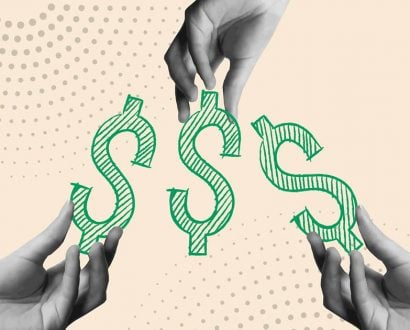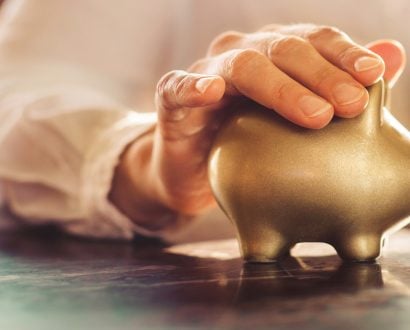A few years ago I ran my first long-distance race. Granted, it was a 10km fun run but it was the first step in my plan to becoming physically fit. The race became my excuse to exercise because I couldn’t face either not finishing it or running too far behind a half-marathon-running colleague who I’d also convinced to enter.
You need to have the same sort of end-goal motivation to become financially fit. Becoming financially fit might mean different things to different people but essentially it should mean you can pay your credit cards in full each month, you have savings in the bank for at least a few months’ worth of expenses, you are contributing extra to super, you have an investment plan, and are starting to build wealth through assets.
The problem with our finances however, is the same problem we have with our waistlines. They’re simply not what they should be and we’re not really sure where to start in order to get back on track.
The secret is, it’s not about becoming a financial advisor, in the same way that I have no plans to become a professional runner.
It’s just creating a training plan and starting with small movements so that before you even realise it, you’ve become financially fit. So how do you start?
1. Set a goal
It wasn’t until I nominated a race that I was committed to my exercise plan. The same goes for your finances. Whether it is saving for retirement, paying off your credit cards, contributing to super, a deposit for your first house, or starting to invest — it’s much easier to work towards something if you have defined what it is, and the time limit you have set yourself to get there
2. Make a plan
Once you’ve set a goal you need to work out how you are going to get there. With my race, I needed to work out how many times a week I was going to train and the type of training I was going to do. It’s the same for your finances. Work out how much you need to reach your goal, where it is going to come from and how much you need to put aside each week.
3. Be prepared to sacrifice
Did I enjoy blisters, cramps, and running some nights when I would really prefer to sit in front of the TV? Of course not. Becoming financially fit might mean you need to bring your lunch in to work a few times a week, see one less movie a month, unsubscribe from some shopping sites, go to the park instead of the gym, or cut down on your shoe purchases. Or perhaps it’s working out your business goals, your personal goals and making sure they align and you’re on track for both parts of your life to be ship shape. Work out what you can do without, prioritise the rest, and keep your eye on the goal you set yourself.
4. Be prepared for setbacks
Eight days before my race I ended up with large blisters on the bottom of my feet which meant I couldn’t run, so I had to work out other ways to move my body and keep motivated. You may find that you have expensive car repairs or you might fall into temptation when you go window shopping. Don’t throw in the towel, just work out what you need to do in order to still meet your goals and keep going.
5. Celebrate
If your goal was to pay off your credit cards maybe don’t celebrate with a shopping spree, but make sure you acknowledge that you achieved your goal.
6. Start the process again
Once I completed my 10km run I immediately looked for the next challenge so that I kept motivated. Once you’ve achieved your first goal in becoming financially fit, pat yourself on the back and then set your next goal.
Of course, I think what’s missing from all of this is the reward. My reward to become physically fit will be more energy, less stress, and being able to keep what is in my wardrobe for years to come. Oh and a daily chocolate hit. Your reward to become financially fit will be financial independence, security, stability, options, and a comfortable retirement. Now I don’t know about you, but I think both of those goals and the rewards (financial and physical) are worth striving for.







